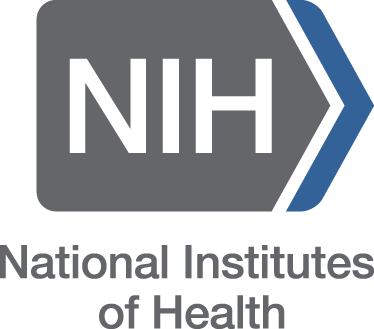INTEGRATED DISEASE MANAGEMENT OF ZINGIBER OFFICINALE ROSC. RHIZOME ROT
Keywords:
Rhizome rot, aphanidermatum, Pythium, Management, Ginger, BiocontrolAbstract
Ginger is the valuable cash crop and rhizome rot of ginger is a complex disease which is caused by Pythium aphanidermatum. Data on disease development was recorded at 90th, 120th, 180th and 210th days after planting. Maximum disease development was recorded at 150th day after planting in all the treatments and was decreased again from 180th day onwards. The highest disease development (28.50 %) was observed in control plots where ginger rhizomes were inoculated with the pathogen (Pythium myriotylum) prior to sowing. Copper oxychloride rhizome treatment effectively suppressed the disease development (5.16%) at 150th day after planting in the field. It was observed that plots with neem extract rhizome treatment were less effective in reducing the disease development which gave 12.45 % at 15th day after planting. Amongst the growth parameters, the maximum plant height of 46.46 cm was recorded in plots with Trichoderma spp. + neem extract rhizome seed treatment, followed by copper oxychloride rhizome seed treatment (45.28 cm). The lowest was recorded in plots with neem extract rhizome seed treatment (40.22 cm) recorded on the last day of observation. The maximum number of tillers per hill (11.49) was recorded from rhizome treatment with copper oxychloride + neem extract at 180th day of observation. This was followed by rhizome treatment with copper oxychloride (10.54). The minimum (6.56) tillers per hill were recorded from control plots where pathogen (Pythium myriotylum.) was inoculated. In respect to yield, even though all the treatments were at par with each other, the highest yield (3.55 kg/plot) was observed in plots with copper oxychloride rhizome seed treatment. Second highest average yield with (2.96 kg/ plot) was obtained from the plot with copper oxychloride + neem extract rhizome seed treatment. So in this contrast the per hectare highest yield (59.14 qts/ha) was recorded in plots with copper oxychloride rhizome seed treatment followed by copper oxychloride + neem extract (49.30 qts/ha). The lowest projected yield (9.98 qts/ ha) was recorded in control plots where rhizomes were inoculated with the pathogen (Pythium myriotylum). It was concluded that all treatments resulted in higher germination compare to the control.


























